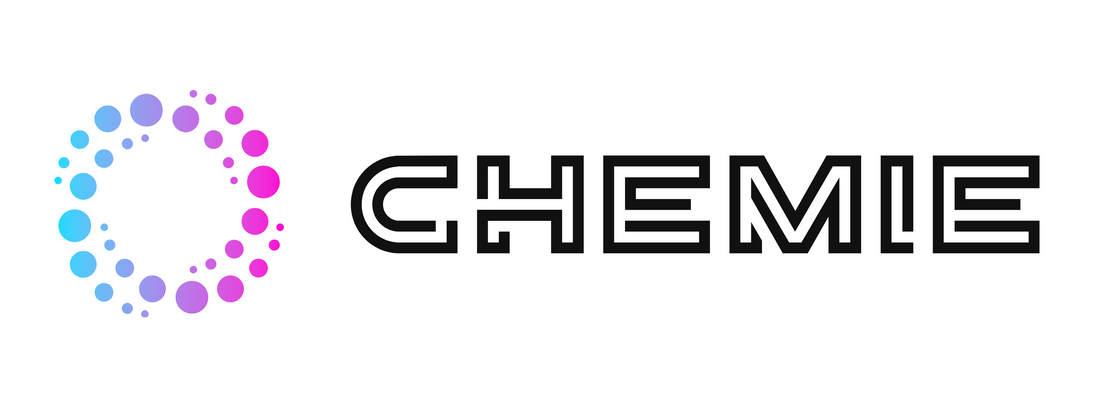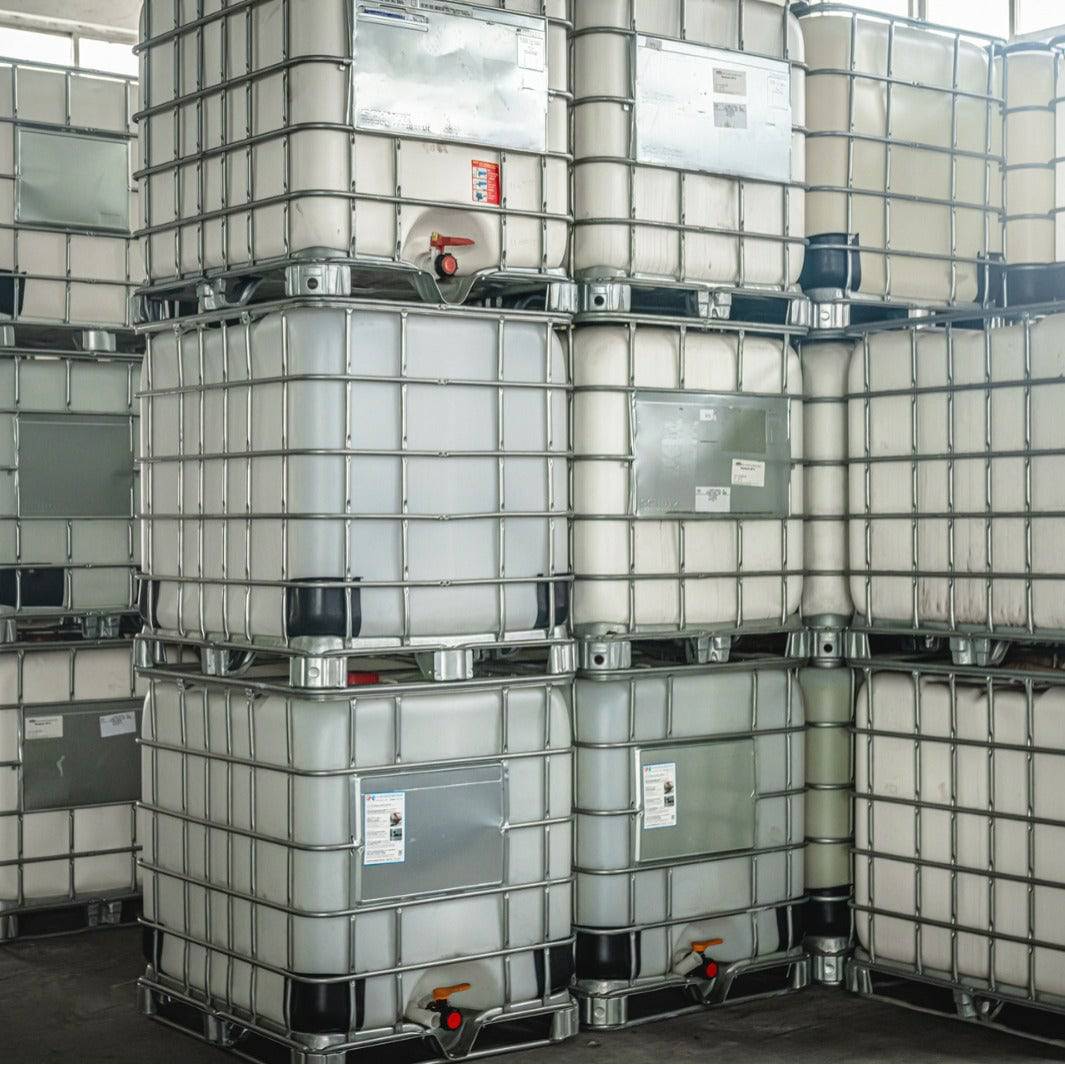Not known Incorrect Statements About Chemie
Table of ContentsChemie for Dummies8 Simple Techniques For ChemieGetting The Chemie To Work10 Simple Techniques For ChemieChemie Things To Know Before You BuyChemie - An Overview
By Bojanna Shantheyanda, Sreya Dutta, Kevin Coscia and David SchiemerDynalene, Inc. Liquid cooling, which can be accomplished making use of indirect or direct ways, is utilized in electronics applications having thermal power thickness that might exceed safe dissipation via air cooling. Indirect fluid cooling is where heat dissipating digital elements are literally divided from the liquid coolant, whereas in case of direct air conditioning, the elements remain in straight contact with the coolant.In indirect air conditioning applications the electrical conductivity can be essential if there are leakages and/or spillage of the fluids onto the electronic devices. In the indirect air conditioning applications where water based fluids with corrosion inhibitors are usually made use of, the electric conductivity of the fluid coolant mainly depends on the ion focus in the liquid stream.
The increase in the ion focus in a shut loophole liquid stream might take place as a result of ion seeping from steels and nonmetal parts that the coolant fluid touches with. During operation, the electrical conductivity of the liquid might enhance to a degree which can be unsafe for the air conditioning system.
The 6-Minute Rule for Chemie
(https://businesslistingplus.com/profile/chemie999/)They are bead like polymers that can exchanging ions with ions in a solution that it is in call with. In the here and now work, ion leaching tests were executed with different steels and polymers in both ultrapure deionized (DI) water, i.e. water which is dealt with to the highest degree of purity, and reduced electrical conductive ethylene glycol/water mixture, with the determined change in conductivity reported gradually.
The examples were allowed to equilibrate at space temperature level for two days prior to taping the first electric conductivity. In all tests reported in this research fluid electrical conductivity was gauged to a precision of 1% utilizing an Oakton disadvantage 510/CON 6 series meter which was calibrated prior to each measurement.
The Ultimate Guide To Chemie
from the wall surface home heating coils to the facility of the furnace. The PTFE sample containers were put in the heater when steady state temperatures were reached. The test setup was gotten rid of from the heating system every 168 hours (7 days), cooled down to area temperature level with the electric conductivity of the liquid determined.
The electric conductivity of the liquid sample was checked for an overall of 5000 hours (208 days). Schematic of the indirect closed loop cooling experiment set up. Elements utilized in the indirect shut loophole cooling experiment that are in call with the fluid coolant.

8 Simple Techniques For Chemie
Throughout operation the fluid storage tank temperature was kept at 34C. The change in fluid electric conductivity was checked for 136 hours. The fluid from the system was accumulated and kept. Shut loophole test with ion exchange material was carried out with the very same cleaning treatments used. The first electric conductivity of the 230ml UP-H2O in the system gauged 1.84 S/cm.

0.1 g of Dowex material was contributed to 100g of liquid examples that was absorbed a separate container. The mixture was stirred and alter in the electrical conductivity at space temperature was gauged every hour. The determined modification in the electric conductivity of the UP-H2O and EG-LC test liquids including polymer or metal when engaged for 5,000 hours at 80C is revealed Number 3.
How Chemie can Save You Time, Stress, and Money.
Ion leaching experiment: Measured adjustment in electric conductivity of water and EG-LC coolants consisting of either polymer or metal samples when submersed for 5,000 hours at 80C. The results show that steels added fewer ions right into the fluids than plastics in both UP-H2O and EG-LC based coolants.
Fluids consisting of polypropylene and HDPE showed the most affordable electric conductivity adjustments. This could be due to the short, stiff, linear chains which are much less most likely to contribute ions than longer branched chains with weaker intermolecular forces. Silicone also performed well in both examination liquids, as polysiloxanes are generally chemically inert as a result of the high bond energy of the silicon-oxygen bond which would certainly prevent deterioration of the product into the fluid.
The 5-Minute Rule for Chemie
It would certainly be anticipated that PVC would certainly generate comparable outcomes to those of PTFE and HDPE based upon the comparable chemical frameworks of the materials, nonetheless there may be various other impurities existing in the PVC, such as plasticizers, that might affect the electric conductivity of the liquid - fluorinert. Furthermore, chloride groups in PVC can additionally seep into the test liquid and can trigger a boost in electric conductivity
Polyurethane entirely disintegrated into the test fluid by the end of 5000 hour test. Before and after photos of metal and polymer samples immersed for 5,000 hours at 80C in the ion seeping experiment.
Calculated change in the electric conductivity of UP-H2O coolant as a function of time with and without material cartridge in the closed indirect air conditioning loophole experiment. The gauged adjustment in electrical conductivity of the UP-H2O for 136 hours with and without ion exchange material in the loophole is shown in Number 5.